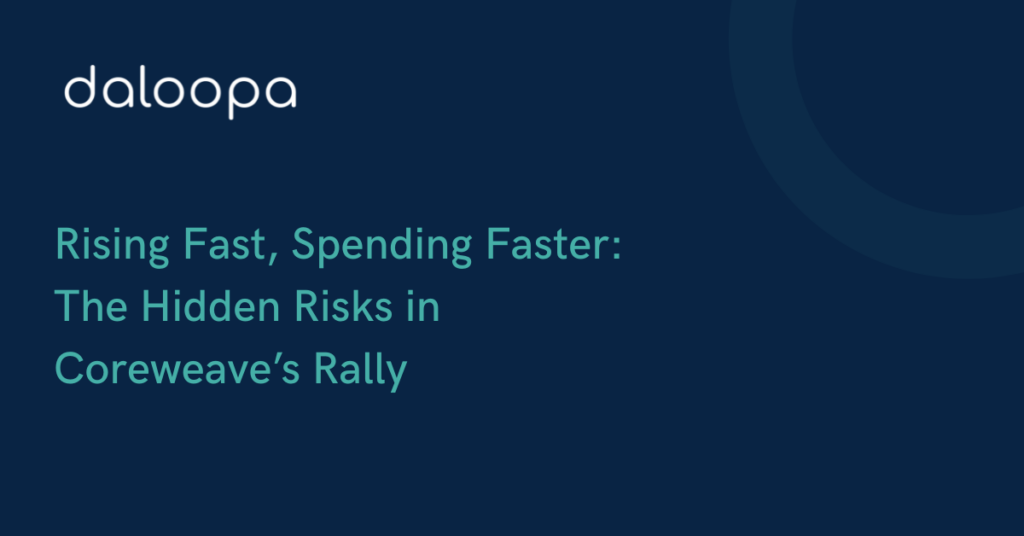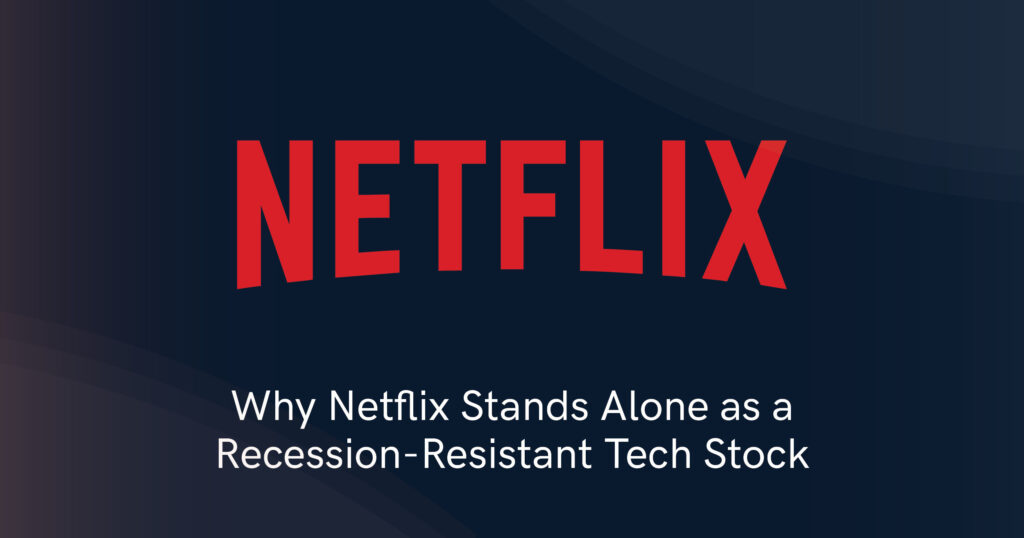Coreweave (CRWV) completed its IPO of 37.5 million shares, downsized from 49 million shares, on March 28th at $40 per share in a somewhat disappointing raise, well down from the expected range of $47 to $55 per share. The three lead bookrunners, Goldman Sachs, Morgan Stanley, and JP Morgan, initiated coverage with two neutral ratings, one with big upside (55% but Neutral) and one Buy with only modest upside (21% upside). Read into these ratings and price targets as you may, but they underlie the still-present push and pull between investment bankers and research.
The Quiet Period
As is customary, following a “quiet period” defined by FINRA (Rule 2241) as 10 calendar days post IPO, sell-side firms involved in the deal rollout research coverage. If you are not involved in the deal you can publish research at any time as there is no conflict of interest.
Different Roles
The lead bookrunner has morphed over the years into joint lead bookrunners. These firms receive the most in underwriting fees and have the closest relationship with the issuer. These firms determine who the company has one-on-one meetings with on the roadshow and collect feedback from investors to relay to the issuer as they aim to properly price the IPO. These firms work with management to “build the order book” which results in the subtle art of optimally placing the shares with asset managers.
Lead Bookrunners
In the case of CRWV, Goldman Sachs, Morgan Stanley and JP Morgan served as the joint lead bookrunners. Note that only one of these firms is able to open the stock; that firm likely receives the most in underwriting fees. Interestingly for Coreweave the stock priced at $40 and closed at exactly that level, indicative that there was some support by the firm that opened the stock to stabilize it. The bank’s trader can stabilize the stock by using the “greenshoe” which is a standard overallotment that allows underwriters to purchase up to an additional 15% of the offering size. So as the stock undergoes selling, the underwriters buy shares back to offset the selling pressure.
Issuing companies seek broad research coverage and distribution by Wall Street banks so they placate these banks by giving them joint bookrunner and co-manager roles in order to receive some of the underwriting fees. In Coreweave’s case, there was a total of 18 banks as part of the syndicate, with 15 banks serving as joint bookrunners or co-managers. In the case of Coreweave, given their need to frequently access the capital markets to finance their heavy capital expenditures, they likely wanted a full suite of banks at the ready.
Push and Pull Between Banking and Research
The push-and-pull between investment bankers and research is fierce. Bullish bankers who pitched management for the business and were rewarded handsomely with fees face off against research analysts who must assign a rating and price target while defending it to research clients.
The three joint lead bookrunners initiated with two neutrals and one buy at an average price target of $47.66, spot on with the average collected for our 11-firm sample in the chart below. Interestingly, JP Morgan placed a Buy rating but with a low price target of $43, well below the other two and the overall average. From my experience, research analysts can placate others with either a buy rating or a bullish price target. Given CRWV is currently trading below its IPO price, it would be the perfect time to put a buy rating on the stock, so the four neutrals and one buy (JP Morgan) with a price target just above the IPO price suggests a certain degree of caution.




